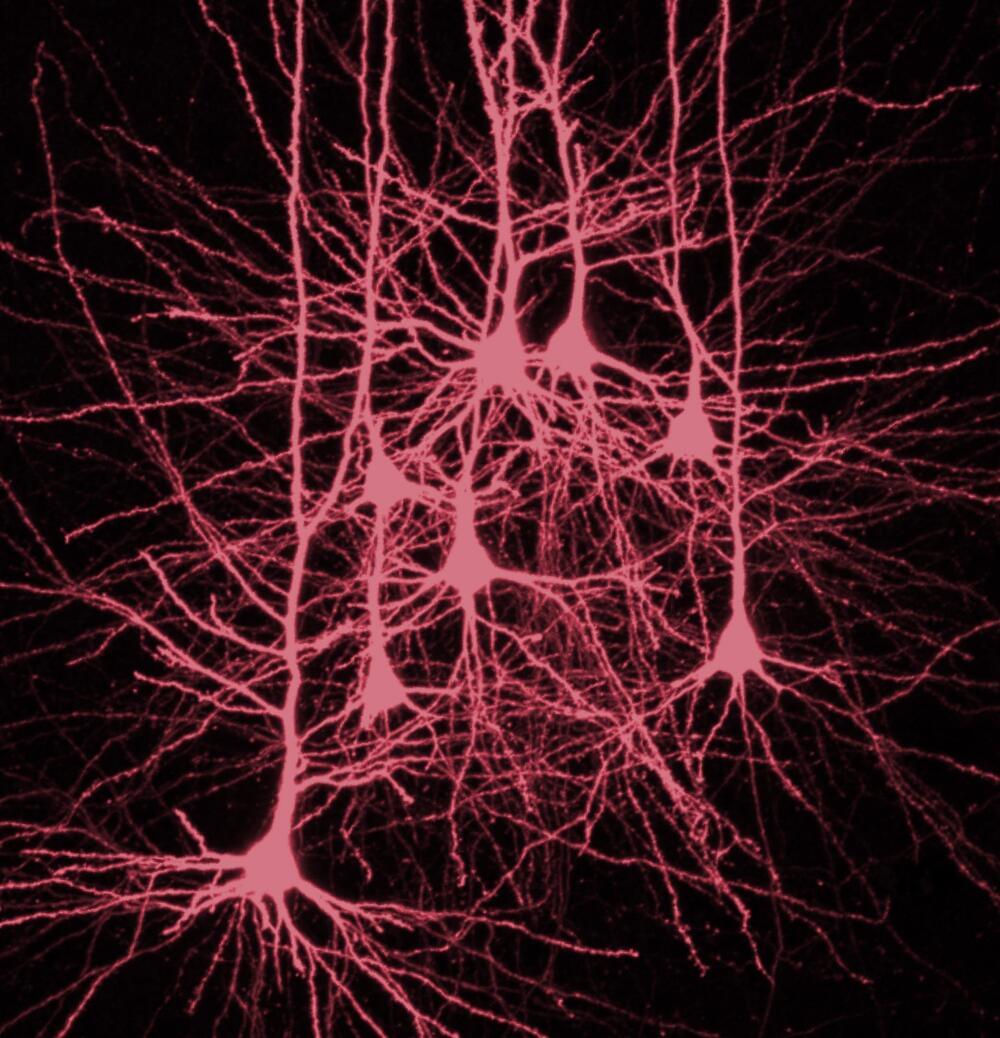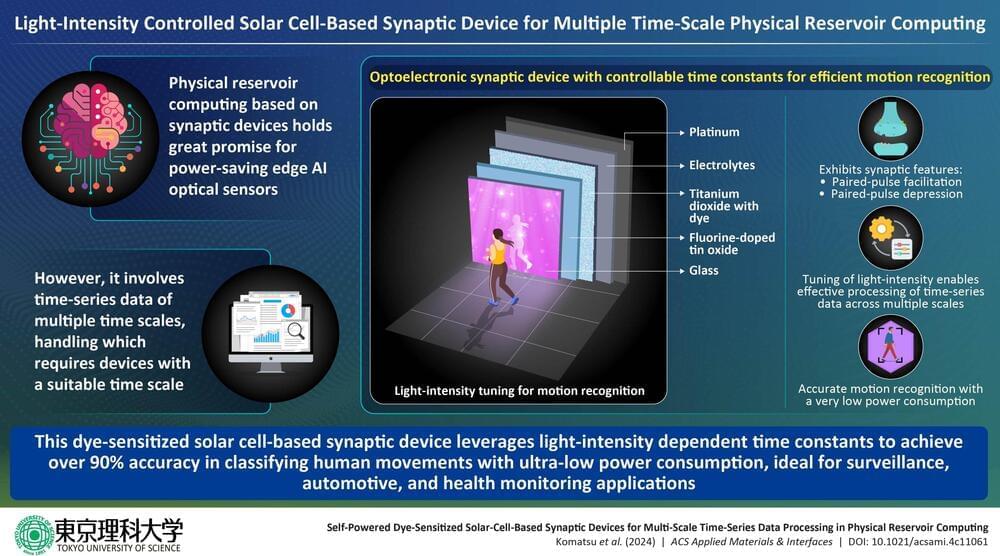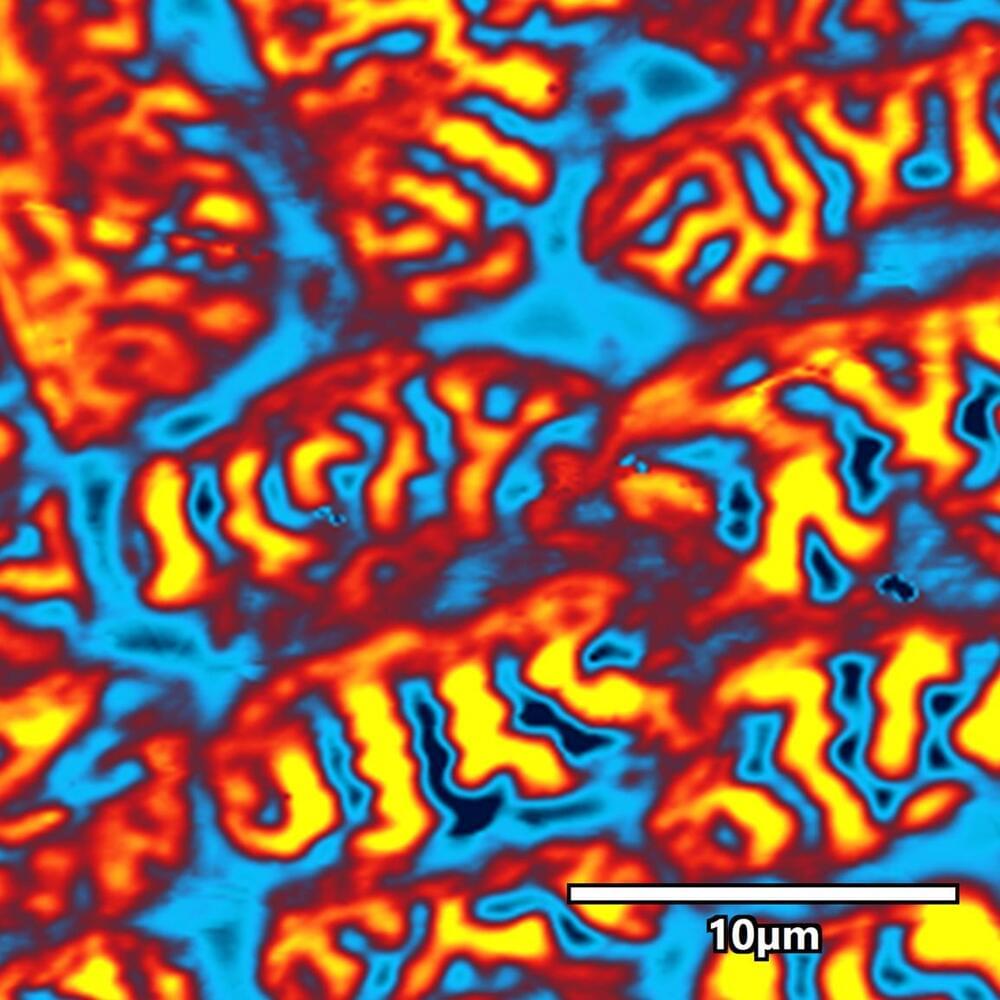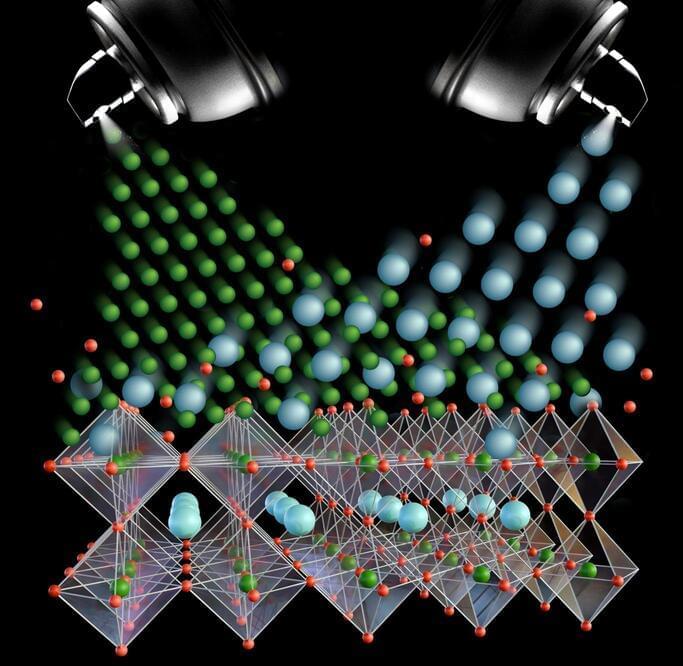Dec 22, 2024
Unlock the Science of Deep Sleep and Memory Formation
Posted by Paul Battista in categories: neuroscience, science
Slow-wave sleep plays a crucial role in strengthening memory by enhancing synaptic connections in the brain, with new findings suggesting potential methods for boosting memory through targeted stimulation.
For nearly two decades, scientists have known that slow, synchronized electrical waves in the brain during deep sleep play a key role in forming memories. However, the underlying reason remained unclear — until now. In a new study published in Nature Communications, researchers from Charité – Universitätsmedizin Berlin propose an explanation. They found that these slow waves make the neocortex, the brain’s long-term memory center, especially receptive to new information. This discovery could pave the way for more effective memory-enhancing treatments in the future.
How Memories Form During Sleep

















